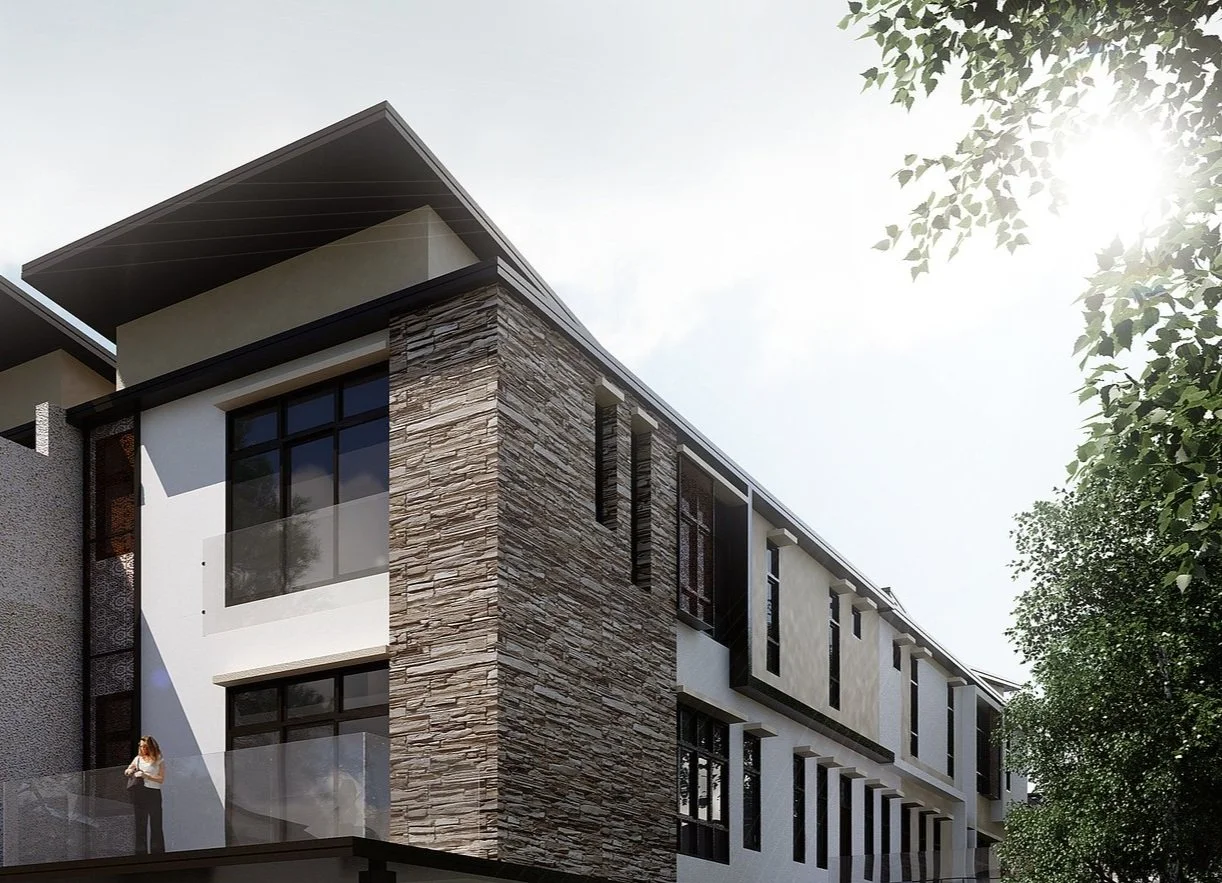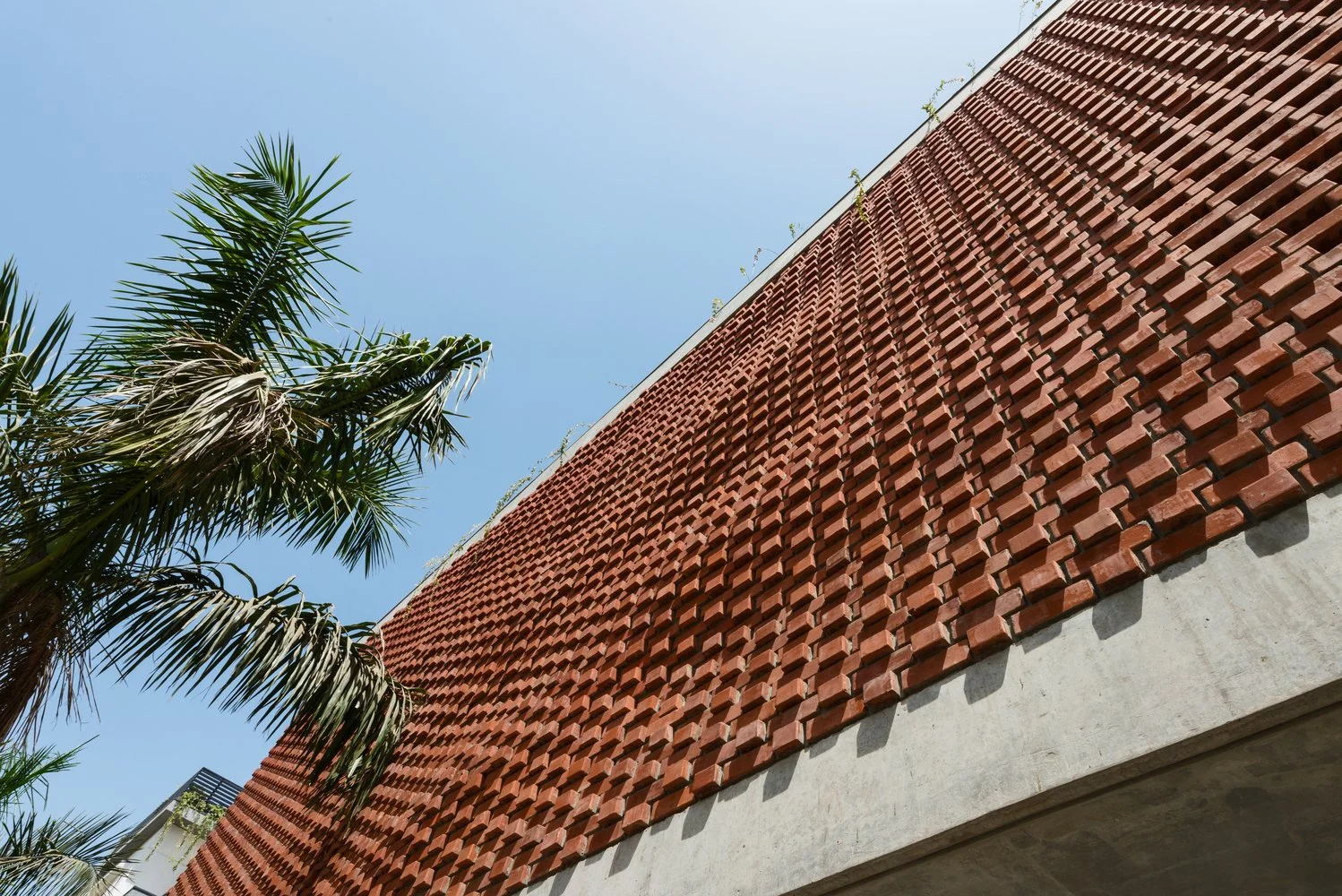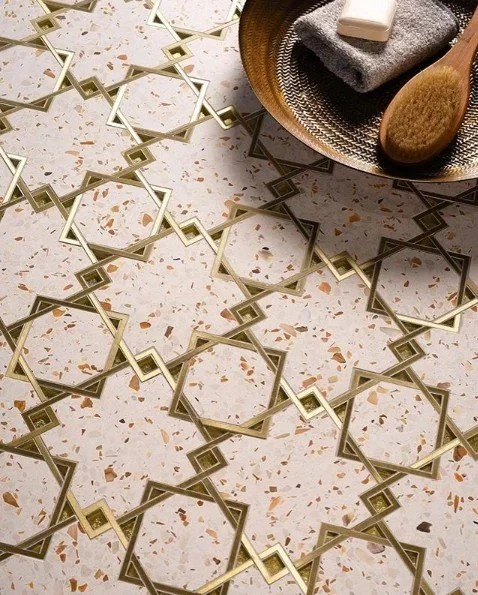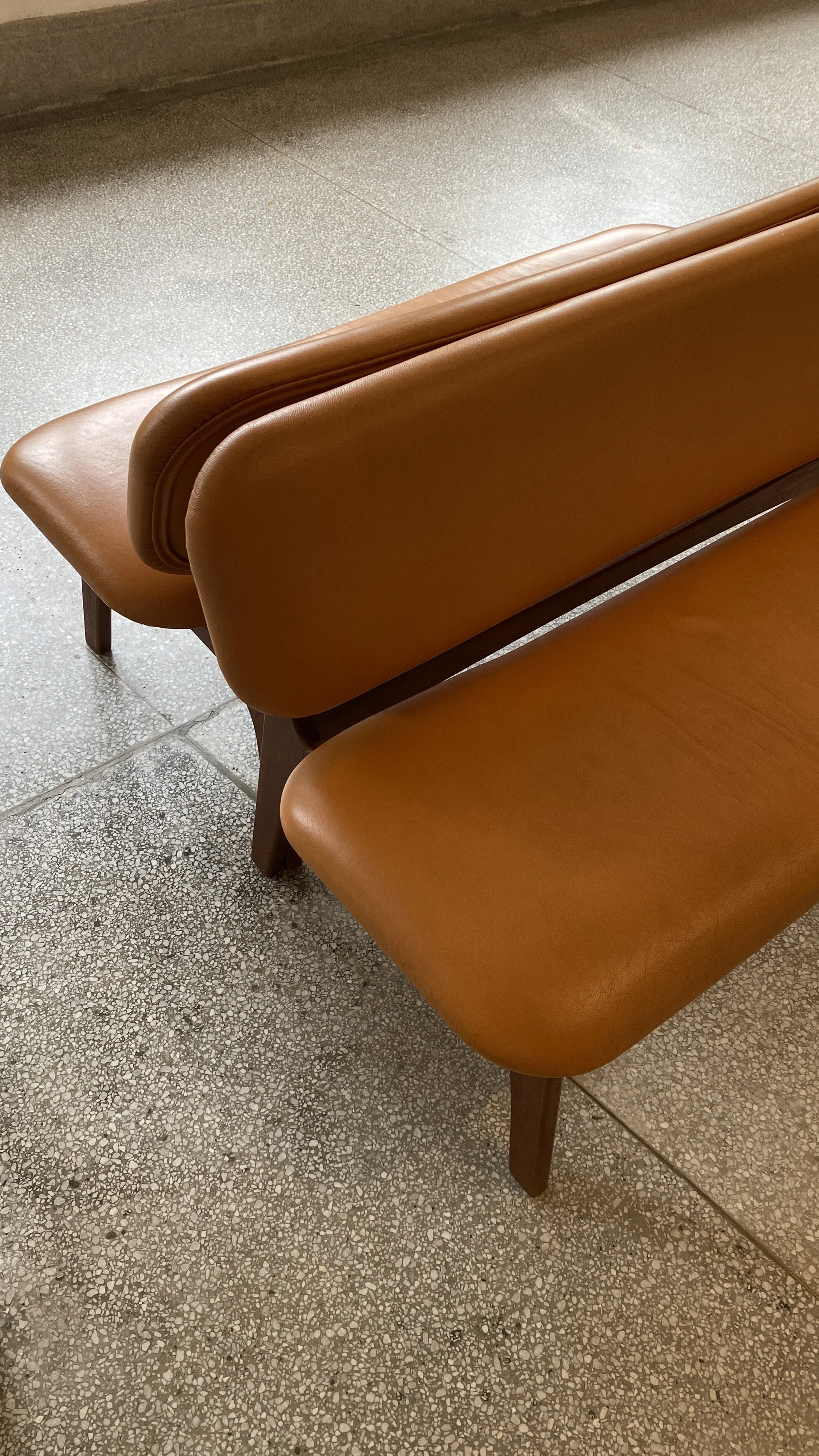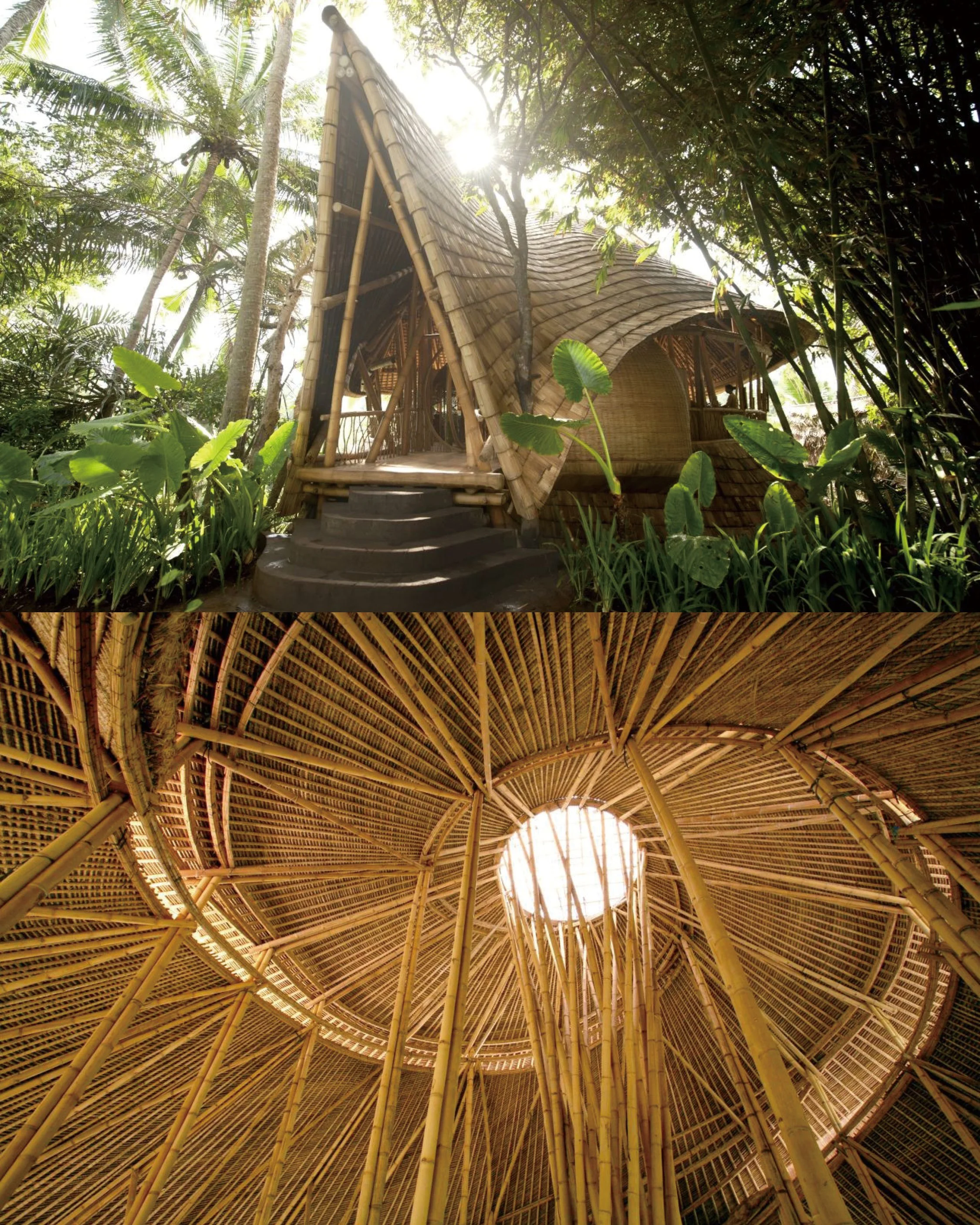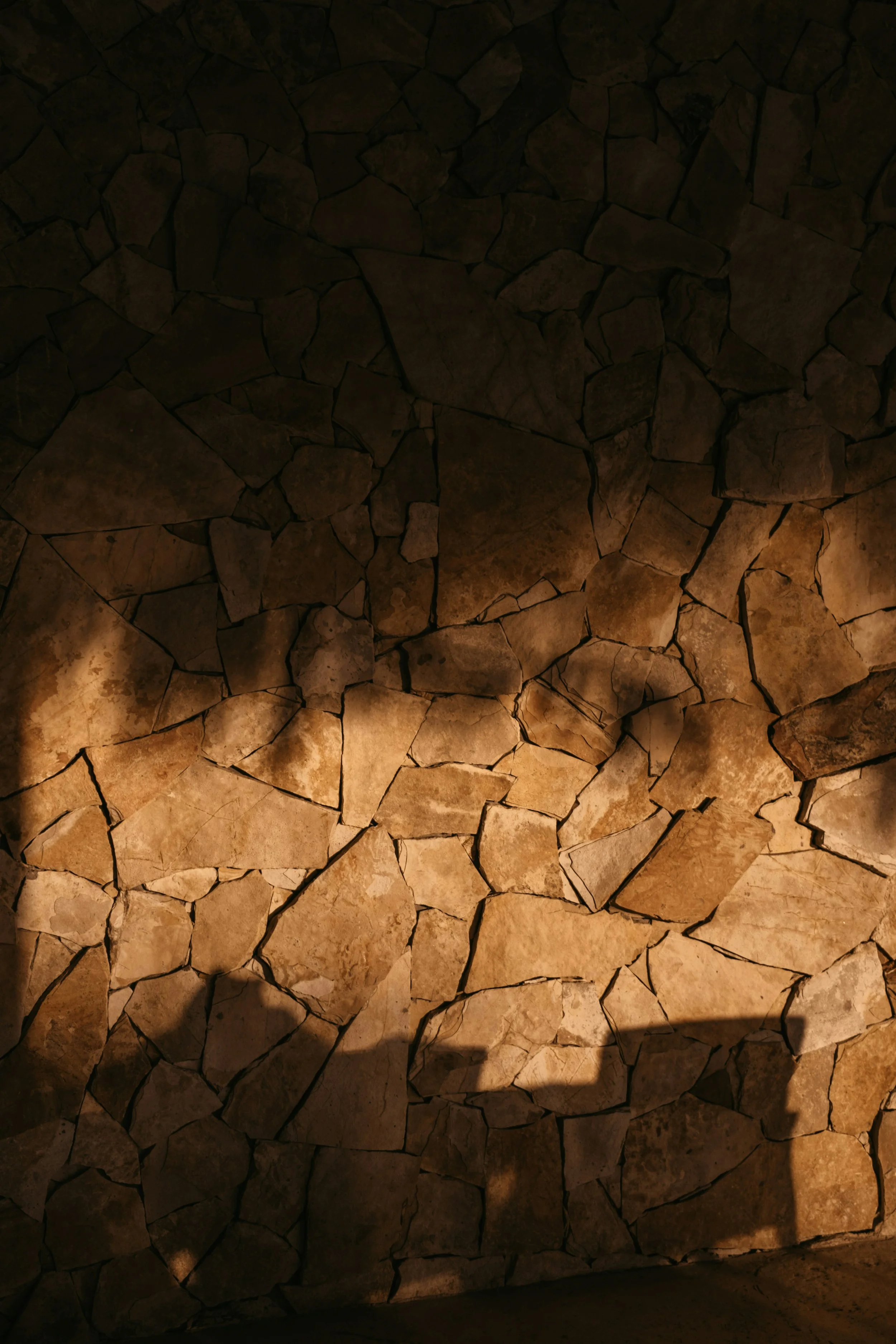《How Can We Reinterpret Traditional Materials in Modern Architecture?》
An Exploration of New Possibilities for the Old
在現代建築中,重新詮釋傳統建築材料?
探索老材料的新可能
In the wave of modernization, tear down and rebuild has become a choice driven by the pursuit of efficiency. Brick walls are replaced by reinforced concrete. Terrazzo floors are covered with industrial tiles. Low-rise traditional buildings are replaced by towering glass facades.
But what we are tearing down is not just physical structures.We are also erasing cultural language and the collective memory of the land.
在現代化的浪潮中,拆除重建似乎成為一種效率至上的選擇:紅磚牆被鋼筋混凝土取代,磨石子地板覆蓋上工業化地磚,傳統低矮建築讓位給玻璃帷幕高樓。
然而,我們拆除的不僅是物理結構,更是文化語言與土地記憶。
Traditional building materials carry more than just physical properties; they are the crystallization of craftsmanship, geography and social relationships.
With the rise of sustainability, some of these materials are beginning to be re-emphasized, and through the intervention of modern design and technology, they can be brought to life in a very different way. This is not simply nostalgia or vintage, but a way of elevating traditional building materials from the level of “preservation” to that of “reinterpretation”.
傳統建築材料承載的不只是物理性能,更是結合工藝、地理環境和社會關係的結晶。
隨著永續意識抬頭,部分材料開始重新受到重視,透過現代設計與技術的介入,能使其展現截然不同的風貌。
這並非簡單的懷舊或復古,而是讓傳統建材從「保存」提升至「再詮釋」的層次。
Brick Curtain House, India
Although reinforced concrete has become the mainstream, red bricks can still be used as an architectural soul element.
Using masonry techniques, the red bricks are transformed into a dynamic architectural skin. The different arrangements of the bricks are used to create a breathable wall system. This not only maintains the texture of the red bricks, but also gives them a functionality for modern architecture.
儘管鋼筋混凝土已成為主流,紅磚仍可作為建築的靈魂元素。
運用砌築手法,將紅磚轉化為動態的建築表皮。透過不同的排列組合,創造出具有透氣性的牆面系統。這樣不僅保持了紅磚的質感,更賦予其現代建築的功能性。
Terrazzo, a traditional material from Italy, was once seen as a symbol of middle-class taste—valued for its durability and practicality as a flooring choice. It eventually fell out of favor and was marginalized for a time.
Today, however, terrazzo has evolved into a sophisticated design language in the international architecture scene. By combining laser-cut metal inlays with carefully placed colored stone chips, it has been transformed into a striking visual focal point in modern public spaces.
磨石子源自義大利的傳統材料,曾是中產階級品味的地面材料,被認為是「耐磨實用」的象徵也一度被邊緣化。但如今在國際建築界,它已經進化為高級設計語彙,結合雷射切割金屬條、局部彩色碎石,轉化為現代公共空間中的視覺焦點。
Tainan Art Museum,Taiwan
The Green Village,Indonesia
As one of the traditional building materials, bamboo has been given a new positioning in the international architectural community in recent years.
It is no longer just a low-ranking and temporary indigenous material, but the “material of the future for sustainable construction”, and has even been dubbed as the “green steel of the 21st century”.
Its speed of growth, carbon adsorption capacity, flexibility and natural beauty have made bamboo a triple role in contemporary architecture in terms of structure, decoration and environmental protection.
作為傳統建材之一的竹子,近年在國際建築界被賦予全新定位,不再只是低階、臨時性的鄉土材料,而是「永續建築的未來材料」,甚至被稱為「21世紀的綠色鋼鐵」。它的生長速度、碳吸附能力、柔韌性及自然美感,使竹子在當代建築中成為結構、裝飾、環保三重角色。
Ricola Kräuterzentrum,Switzerland
Rammed earth, often seen as a natural alternative to concrete, can be sourced directly from local soil.Historically, it was regarded as a poor and temporary construction material. However, with the rise of sustainable development and natural building, rammed earth has been redefined as a low-carbon, high-performance material that also offers significant aesthetic value.
Today, it is celebrated as a “new traditional material” in modern architecture.
夯土被視為天然混凝土替代品,可直接取自當地土壤,過去常被視為貧窮、臨時的材料,但隨著永續發展與自然建築興起,夯土已被重新定義為低碳、高性能且極具美學價值的現代建築材料,成為「新的傳統材料」。
Ricola Kräuterzentrum,Switzerland
If architecture is the language of the land, then materials are the vocabulary. Our task is not to throw away the dictionary, but to learn a new grammar and to compose new sentences with old words. In a world driven by efficiency and standardization, what we truly need are materials that slow us down. This slowness is not about inefficiency. It is about a commitment to quality, a respect for culture, and a care for the environment.
To slow down is to give space texture.
To let materials tell their stories.
To allow design to carry weight, meaning, and memory.
若建築是土地的語言,那麼這些材料就是語言的詞彙。我們該學會用新的文法、重新組句,而不是丟掉整本字典。在追求效率和標準化的現代,我們其實需要「慢」一點的材料,這種「慢」不是效率的低下,而是對品質的堅持,對文化的尊重,對環境的關愛。
慢下來,讓空間有紋理、讓材料有故事、讓設計有重量。
規劃合作聯繫:
Info@maudarchitect.com
More Info : www.maudarchitect.com
Follow IG: @maudarchitect


